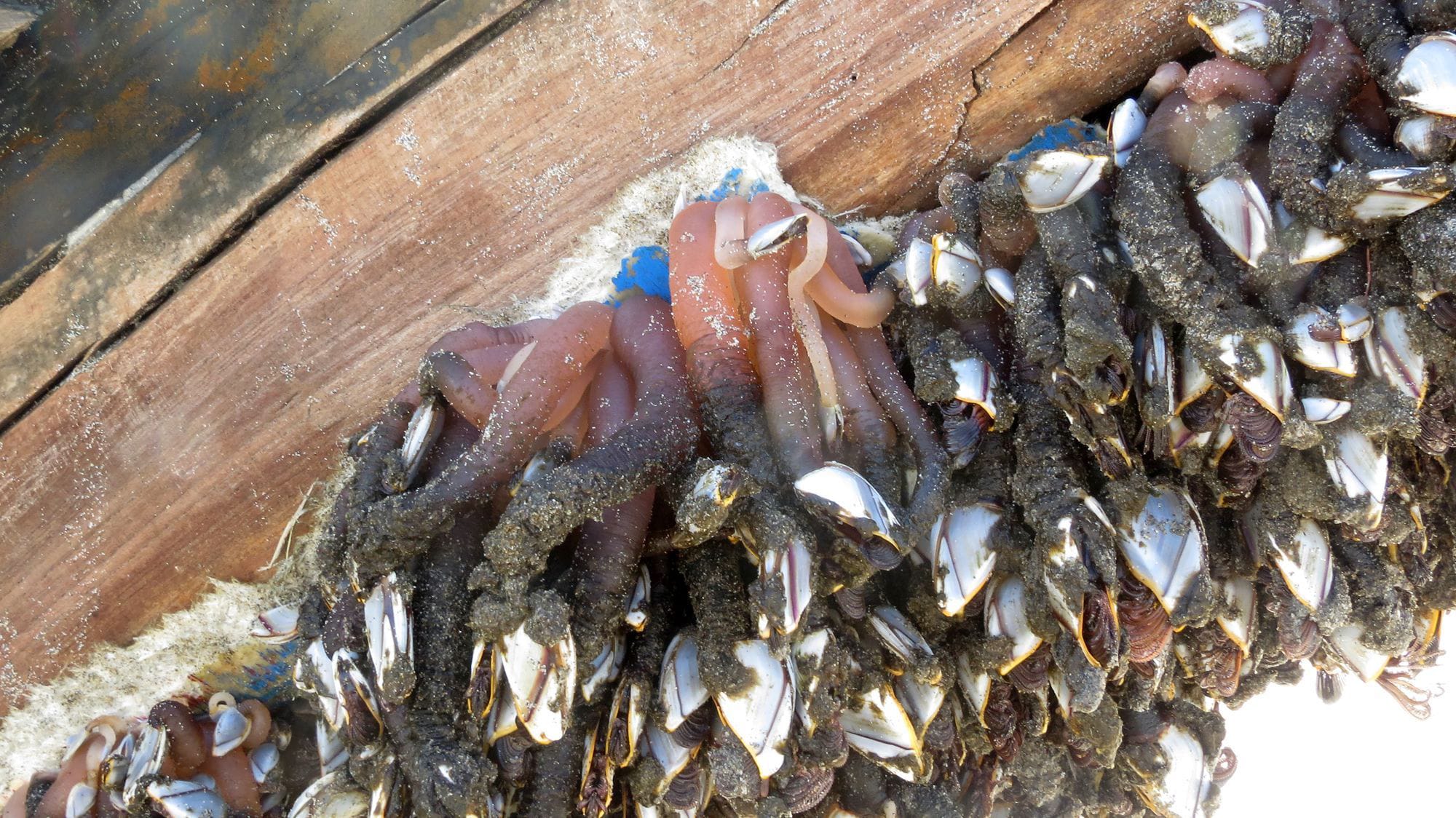LONG BEACH — By 4 a.m. one morning last week, a trickle of beachcombers were already making a circuit on the beach on the Long Beach peninsula, first north to Oysterville, and then all the way south to Beard’s Hollow.
It was easy to tell what they were doing. Unlike clammers, who make a beeline for a favorite spot and then park, the beachcombers drove slowly with their high beams on. It was still too dark to make out any details in the early blue light, but they braked whenever they came to a promising cluster of shadowy shapes on the tide line.
About two weeks ago, an unprecedented influx of tangled seaweed, rope, foam, and household garbage began washing in with the high tide.
Mixed in with the toothpaste tubes, tea bottles and barnacle-encrusted shower shoes were treasures, such as glass floats. As word spread, the number of people cruising the beach after high tide — even in the dead of night — quickly increased.
The year after the March 2011 quake and subsequent tsunami, thousands of chunks of Styrofoam skimmed across the surface of the ocean, pushed by the wind like a fleet of tiny ships.
Experts predicted that these bits of flotsam were harbingers of an onslaught of Japanese debris that would carpet Washington shores with everything from docks to dolls to sneakers filled with foot-bones, but the onslaught never arrived.
Until now. In late May, the quantity of Asian debris suddenly began to increase, for reasons that aren’t totally clear yet.
The nature of the debris has changed, too.
In May alone, at least seven boats washed up in Washington, with more boats landing on the peninsula than anywhere else, according to Linda Kent, a spokesperson for the Washington Department of Ecology. The boats came as part of a wave of heavier items that are often encumbered by colonies of hitchhiking marine life, and moved “more by currents, and less by wind.”
“What we’re seeing right now is more of that low-floating debris,” Kent said last week.
Kent said it’s difficult to tell how much of this is debris from Fukushima Prefecture, the region of East Japan where the catastrophe was centered.
More debris than ever
Researchers maintain that most of the debris sank, and the remaining debris is mixed in with a much larger quantity of trash that has been floating in the Pacific for many years. But local residents say they are seeing more debris than ever before.
Recently, local resident George Hill found perhaps the most significant proof that artifacts from the disaster are arriving on Washington shores: A white plastic hard hat that once belonged to a member of a marine rescue organization in Fukushima. Like most of the items that come from the Pacific Rim, it was filled with sea life.
“I thought it was a plastic float when I first saw it. It had a lot of stuff in it,” Hill said. He set it out to dry in the sun, and sent a photograph to a Japanese-speaking acquaintance. Since then, two professors from Portland State University’s Japanese Department have confirmed what Hill’s acquaintance said. The helmet comes from an organization called “Marine Rescue Japan,” which performs the same type of water rescue tasks that U.S. Coast Guard rescue swimmers perform here.
The hat had no identifying information, so it can’t be reunited with a Japanese family. But it still struck a chord with Hill. He said that the hard hat serves as a poignant reminder that the true magnitude of the disaster can’t be quantified in Hisanohama, where the nuclear contamination caused people to lose their fishing livelihoods, as well as their loved ones.
“What hit me was that 20,000 people lost their lives, but every one of them had so many extended family members that are still suffering from that. How do you replace losing an entire family?” Hill said.
“I’ve got to tell you that hat that I found — the city that it came from is gone.”



